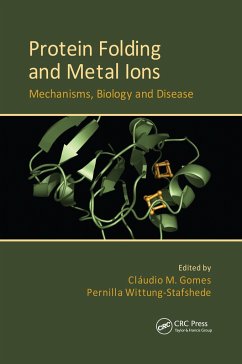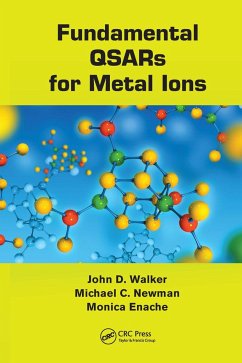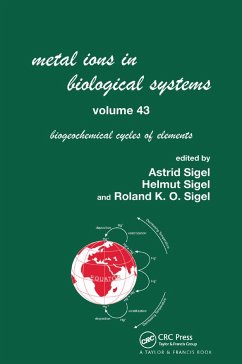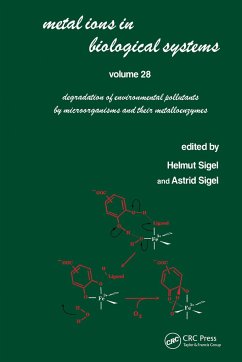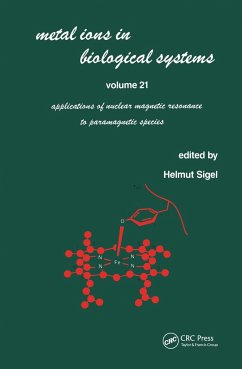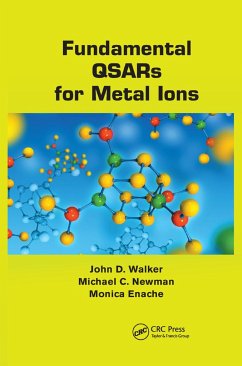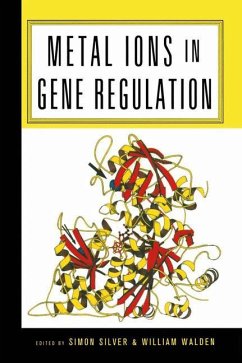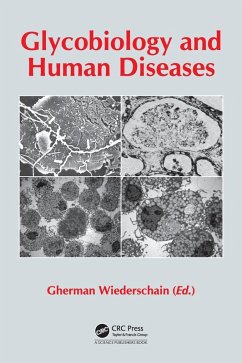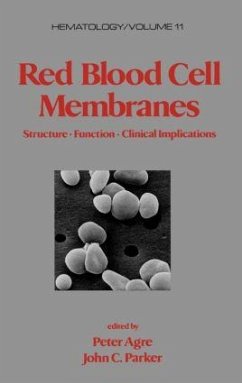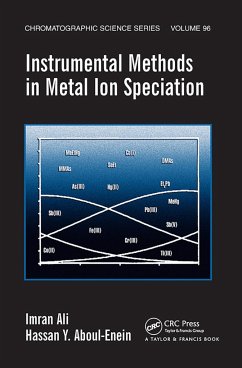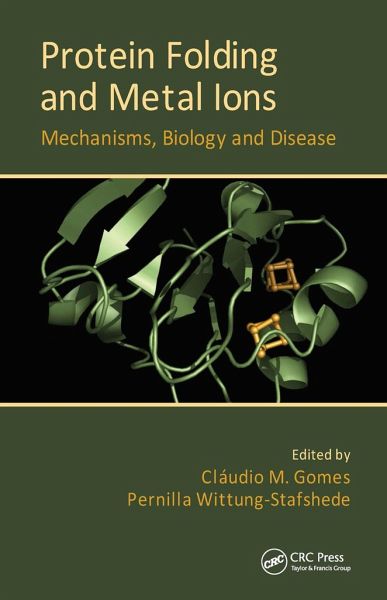
Protein Folding and Metal Ions
Mechanisms, Biology and Disease
Herausgeber: Gomes, Cláudio M.; Wittung-Stafshede, Pernilla

PAYBACK Punkte
112 °P sammeln!
"Interest in the uses and applications of metallo-chemistry in the life sciences continues to expand. This book provides a broad overview of metals and protein folding. It addresses fundamental aspects of the folding, stability, and design of metal binding proteins and peptides along with biological aspects related to the action of metallochaperones. The text features practical information related to methodologies, particular techniques, and bibliographic references. Readers will gain the molecular basis for protein-metal interactions and a good perspective on the applications of protein coordination chemistry in life sciences and biotechnology"--Provided by publisher.
The role of metal ions in protein folding and structure is a critical topic to a range of scientists in numerous fields, particularly those working in structural biology and bioinorganic chemistry, those studying protein folding and disease, and those involved in the molecular and cellular aspects of metals in biological systems. Protein Folding and Metal Ions: Mechanisms, Biology and Disease presents the contributions of a cadre of international experts who offer a comprehensive exploration of this timely subject at the forefront of current research. Divided into four sections, this volume: Provides case study examples of protein folding and stability studies in particular systems or proteins that comprise different metal ions of co-factors Reviews the proteins that shuttle metal ions in the cell to a particular target metalloprotein Illustrates how metal binding can be connected to pathological protein conformations in unrelated diseases, from cancer to protein deposition disorders such as Parkinson's disease Addresses protein redesign of metal-containing proteins by computational methods, folding simulation studies, and work on model peptides - dissecting the relative energetic contribution of metals sites to protein folding and stability Together, the 13 chapters in this text cogently describe the state of the science today, illuminate current challenges, propose future possibilities, and encourage further study in this area that offers much promise especially with regard to novel approaches to the treatment of some of the most challenging and tragic diseases.





